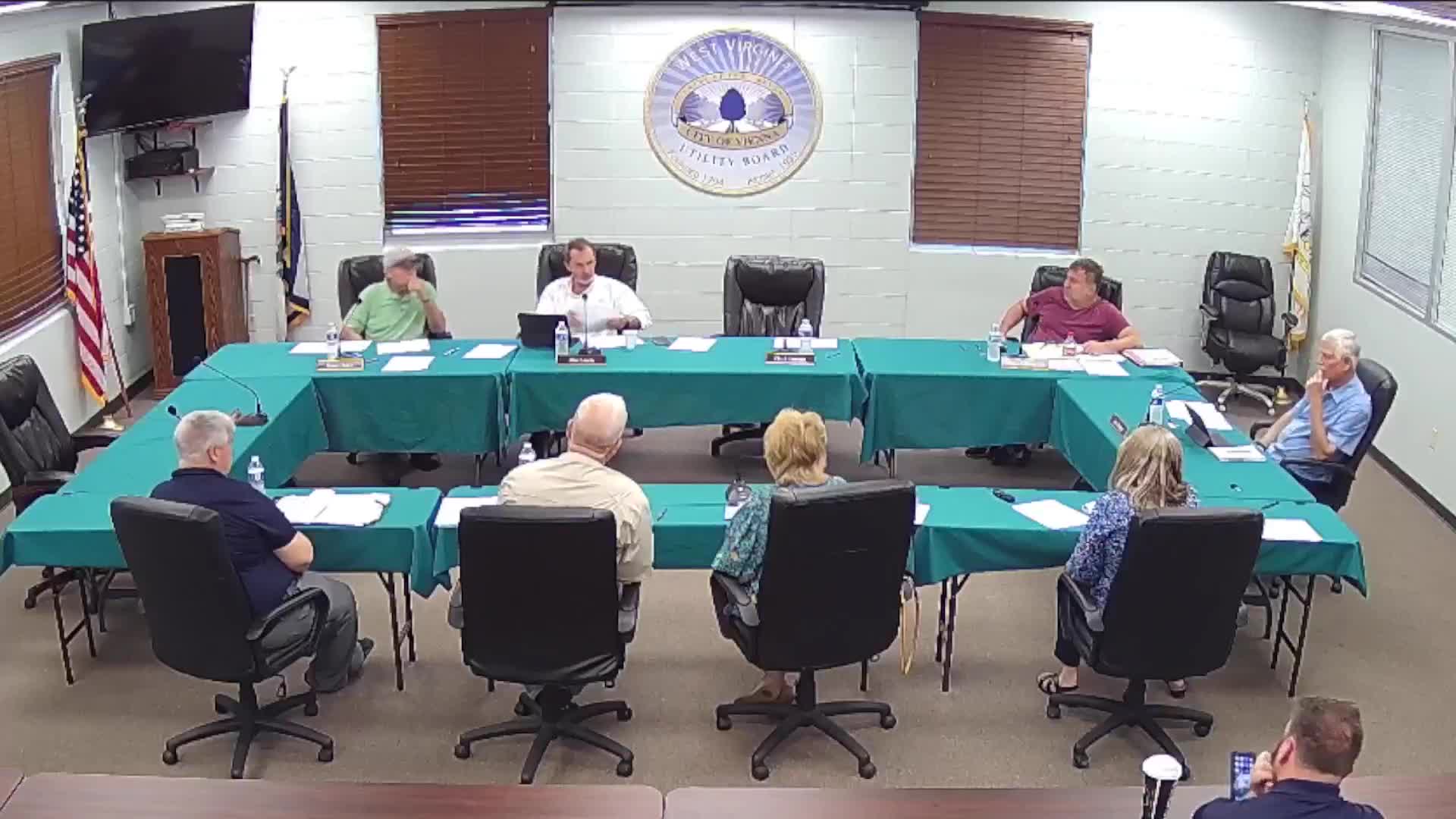
This article was created by AI using a video recording of the meeting. It summarizes the key points discussed, but for full details and context, please refer to the video of the full meeting. Link to Full Meeting
During the meeting, board members addressed the necessity of a water and sewer rate hike, with plans to evaluate the financial requirements for both current and future demands. The last rate increase occurred in 2016, which was a 27 percent hike, marking the first increase in 13 years. Board members noted that despite the previous increase, Vienna's rates remain among the lowest in West Virginia.

Before you scroll further...
Get access to the words and decisions of your elected officials for free!
Subscribe for FreeThe board is currently working on a five-year plan that includes a review of the rate structure before approaching the bond market for funding. This plan aims to ensure that the utility can meet both operational costs and mandated reserves set by the state.
Additionally, discussions included the stormwater management fees, which are currently low for commercial entities. The board is considering adjustments based on square footage to better align fees with the services provided. This could involve credits for businesses that implement environmentally friendly practices, such as rain gardens.
Staffing issues were also highlighted, with the public works department facing challenges in hiring qualified personnel. The department has lost three employees but has only managed to hire two replacements. Concerns were raised about the aging workforce, particularly in the water department, where experienced operators are nearing retirement.
The meeting concluded with a unanimous vote to approve the budgets for water, sewer, and stormwater services for the upcoming year. The board expressed appreciation for the public works department's recent efforts, particularly in addressing community concerns swiftly.
Overall, the meeting underscored the board's commitment to maintaining utility services while navigating financial and staffing challenges. The next steps will involve further evaluations of rates and continued efforts to bolster the workforce in public works.
Converted from Vienna Utility Board Regular Meeting meeting on June 04, 2025
Link to Full Meeting
Comments
View full meeting
This article is based on a recent meeting—watch the full video and explore the complete transcript for deeper insights into the discussion.
View full meeting



